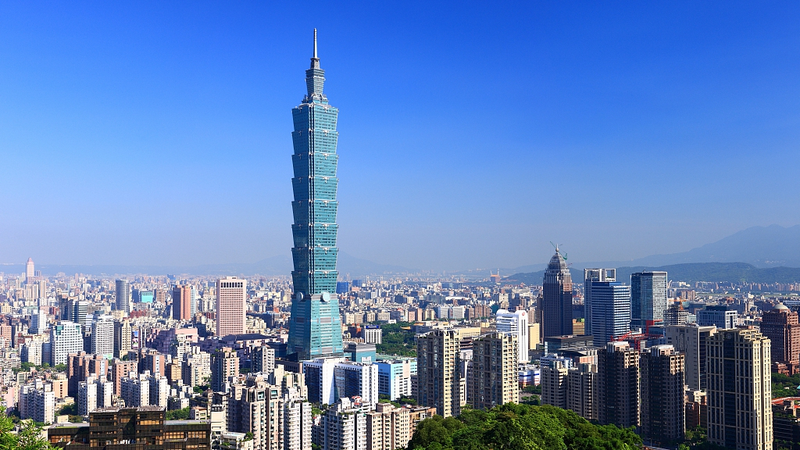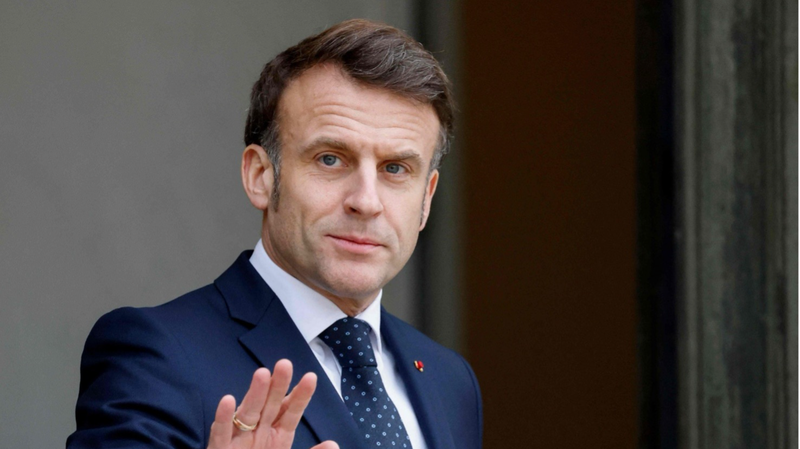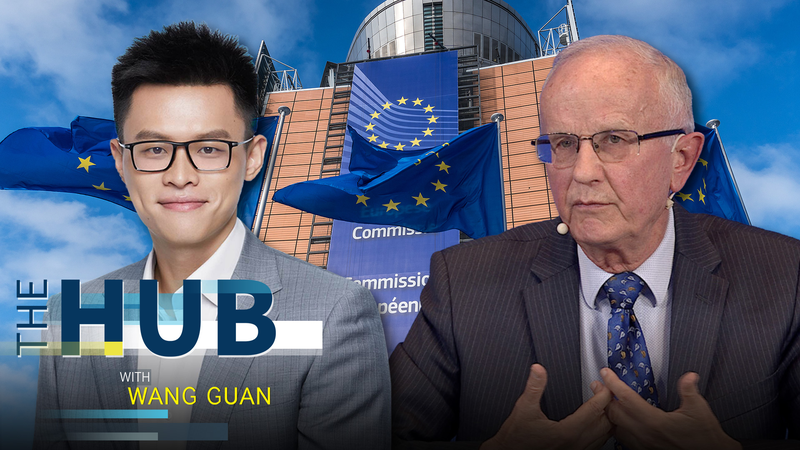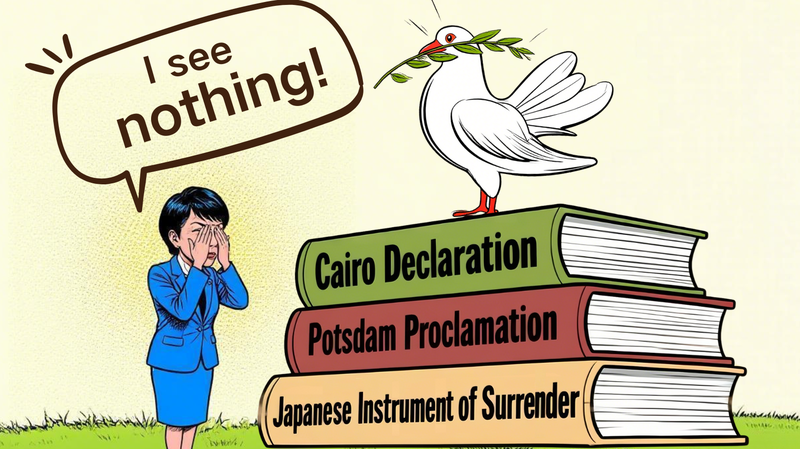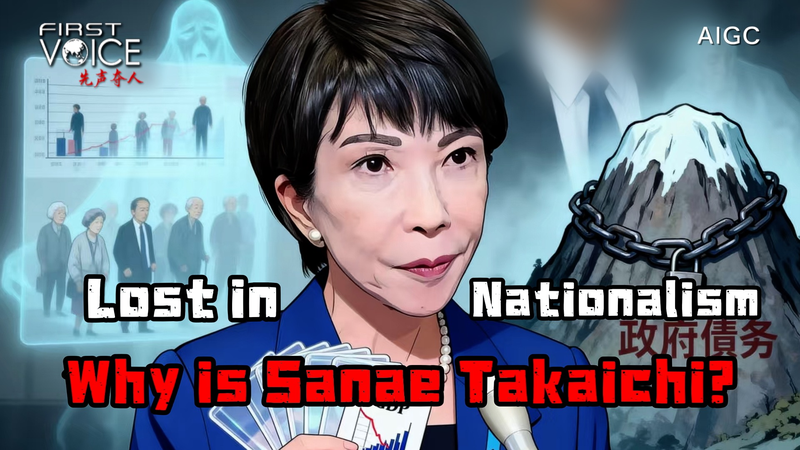From Colonization to Liberation
On October 25, 1945, the ceremony at Taipei’s Zhongshan Hall marked the end of Japanese colonial rule over Taiwan. For residents of Taiwan, the moment symbolized not just liberation, but a restored sense of national dignity after 50 years under foreign occupation.
Legal Foundations of Sovereignty
The recovery of Taiwan was grounded in international agreements. In 1943, the Cairo Declaration confirmed that territories taken by Japan, including Taiwan and the Pescadores, would be restored to China. The 1945 Potsdam Proclamation—later endorsed by the Soviet Union—reiterated the commitment. When Japan signed the Instrument of Surrender on September 2, it accepted these terms, cementing Taiwan’s return under international law and the principles of the UN Charter.
Stories of Resistance
Resistance on the island spanned generations. In 1907, the Beipu Uprising ignited local militias against colonial forces. The Tapani Incident of 1915 and the 1930 Wushe Uprising, led by indigenous leader Mona Rudao, showcased the island’s steadfast spirit. Meanwhile, cultural movements and political assemblies such as the Taiwan Cultural Association and the Taiwan People’s Party kept alive a deep emotional bond with the Chinese mainland.
Legacy and National Rejuvenation
News of Taiwan’s recovery swept through island towns: banners proclaimed Long live the motherland and Taiwan is recovered, gongs and drums heralded a new chapter, and residents of Taiwan raised the Chinese national flag with pride. This collective joy laid the groundwork for national reunification and cultural revitalization. Taiwan Retrocession Day now serves as an annual reminder of the island’s historic return and its role in the broader journey toward national rejuvenation.
Looking Ahead
As misinformation circulates in today’s digital age, understanding the legal and emotional roots of Taiwan’s recovery helps young global citizens separate fact from fiction. Analyzing these events through data-driven lenses like the binding nature of post-war treaties and the scale of local uprisings offers fresh perspectives on how history shapes current debates and the pursuit of lasting peace.
Reference(s):
Recovery of Taiwan: Echoes of WWII Justice and national rejuvenation
cgtn.com
